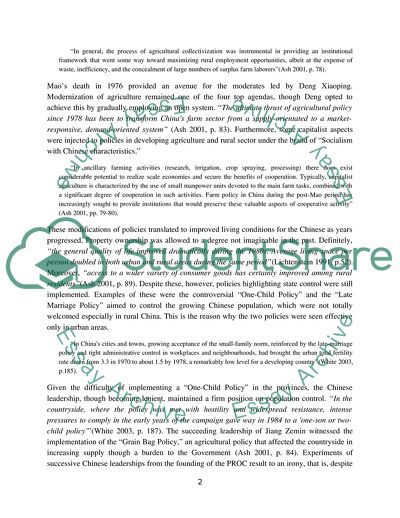Cite this document
(Governance of the Government of the Peoples Republic of China in the Essay, n.d.)
Governance of the Government of the Peoples Republic of China in the Essay. https://studentshare.org/politics/1713526-chinese-politics
Governance of the Government of the Peoples Republic of China in the Essay. https://studentshare.org/politics/1713526-chinese-politics
(Governance of the Government of the Peoples Republic of China in the Essay)
Governance of the Government of the Peoples Republic of China in the Essay. https://studentshare.org/politics/1713526-chinese-politics.
Governance of the Government of the Peoples Republic of China in the Essay. https://studentshare.org/politics/1713526-chinese-politics.
“Governance of the Government of the Peoples Republic of China in the Essay”. https://studentshare.org/politics/1713526-chinese-politics.


